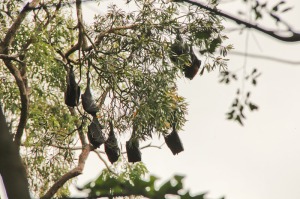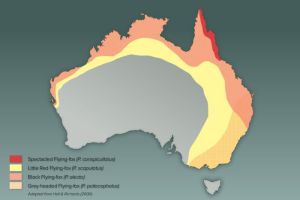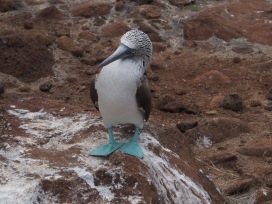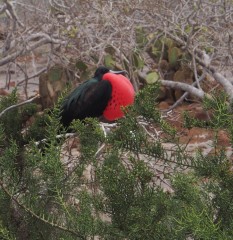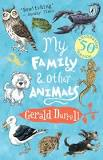How are you enjoying the news at the moment? Sick of media beat up? ISIS, G20, Ebola Virus? Me too! My media filter is mostly pretty good, but sometimes … enough is enough.
Here’s what got me cranky. A story a week or so ago in news.com.au
Lyssavirus fears as three bitten by infected bats
The story explains that: “THREE NSW residents were bitten or scratched this week by bats carrying the potentially fatal lyssavirus. One was a wildlife worker, one a veterinarian and one a member of the public.”
Potentially fatal – yes. But no-one died, right?
Oh, but don’t worry, if that didn’t scare you, this will: “In the past month, 32 people required rabies post-exposure prophylaxis (PEP) following high-risk exposures to potentially infected animals.”
Disaster! Rabies, here in Australia? But then you read a bit further and discover that “only five of those people reported “local” bat exposures, while the remaining 27 people had animal bites or scratches while travelling overseas.” So, the people exposed were mostly affected by animals outside Australia? Mmm, that’s not so scary is it?
Oh yes, it is scary. Scary enough that the reporter is thrilled to report that, luckily, a “shoot-to-kill bat policy has been approved targeting nuisance colonies that drop faeces, shriek next to homes and schools and bombard farms.” And, wait for it “An anti-bats package will give councils outside metropolitan areas extra powers to move on nuisance flying fox colonies.”
Oh thank goodness! An anti-bats package. That’ll do it. I mean, bats are terrifying! We’re all at risk, 3 people were scratched weren’t they (2 of whom work with bats)? Because, as the environmental minister says in the article:
People’s health must come first!
So, is this the plan? We get rid of all the nasty, scary, annoying bats, save 3 people from getting scratched while doing their job, and then we all die from malaria and the effects of global warming. Because, Environment Minister, micro bats eat mosquitoes (the worlds biggest killer), and mega bats pollinate rainforests (which help balance carbon emissions). Without bats, far more than 3 people’s lives are at risk! Isn’t it time we got our priorities right?
Since the release of my second book, Spud & Charli, I have been spreading the word about bats and how crucial they are to the environment. Ugly, noisy, smelly … yes, but if we want a healthy planet (and we do, don’t we, Environmental Minister?) – crucial.
Please do your bit. Help me and other animal lovers diffuse the media beat up that feeds on scare tactics. Be informed, and understand the truth behind crazy media stories.







